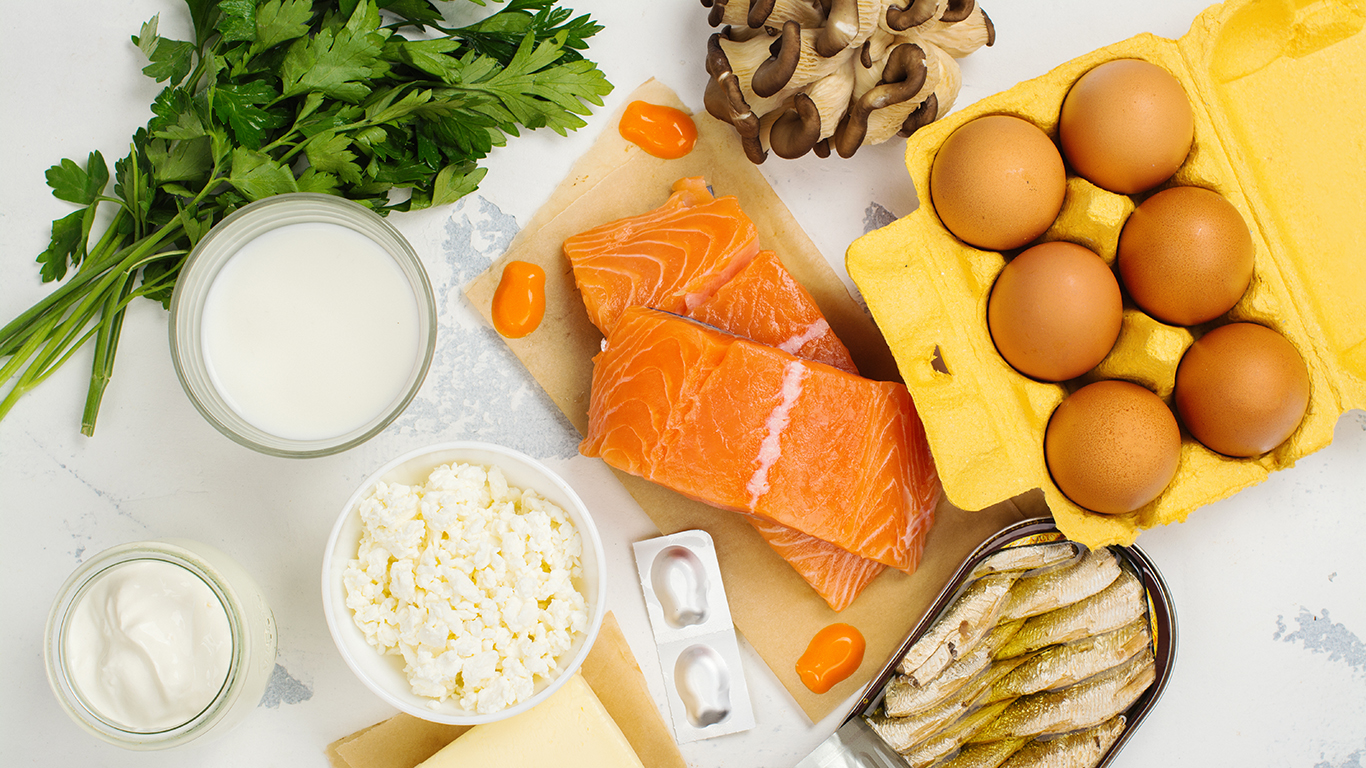
Many nutrients are important for good overall health. Most of them the body gets from certain foods. However, the typical American diet — which consists of a lot of grains, sugar, and saturated fats and not enough fruits and vegetables — is low in certain vitamins and minerals that are essential for many body functions.
A nutrition report by the Centers for Disease Control and Prevention found that nearly 10% of the U.S. population has nutrition deficiencies. The common nutritional deficiencies vary by age, gender, and race/ethnicity and could be as high as a third of certain population groups.
There are a number of reasons the body may not be getting enough nutrients. Health problems such as kidney or celiac disease can hinder the absorption of crucial vitamins and minerals. This can be a side effect of certain medications, too, or the result of a restrictive diet, such as veganism. And some common foods are just not as healthy as people think.
While a consistently healthy diet is usually enough to supply the body with the nutrients it needs to function at its best, some people may need a higher amount of certain vitamins for body development and the prevention of diseases, depending on age and overall health. Nutritional deficiencies can lead to conditions such as anemia, scurvy, rickets.
Click here for 14 of the most common nutritional deficiencies among Americans.
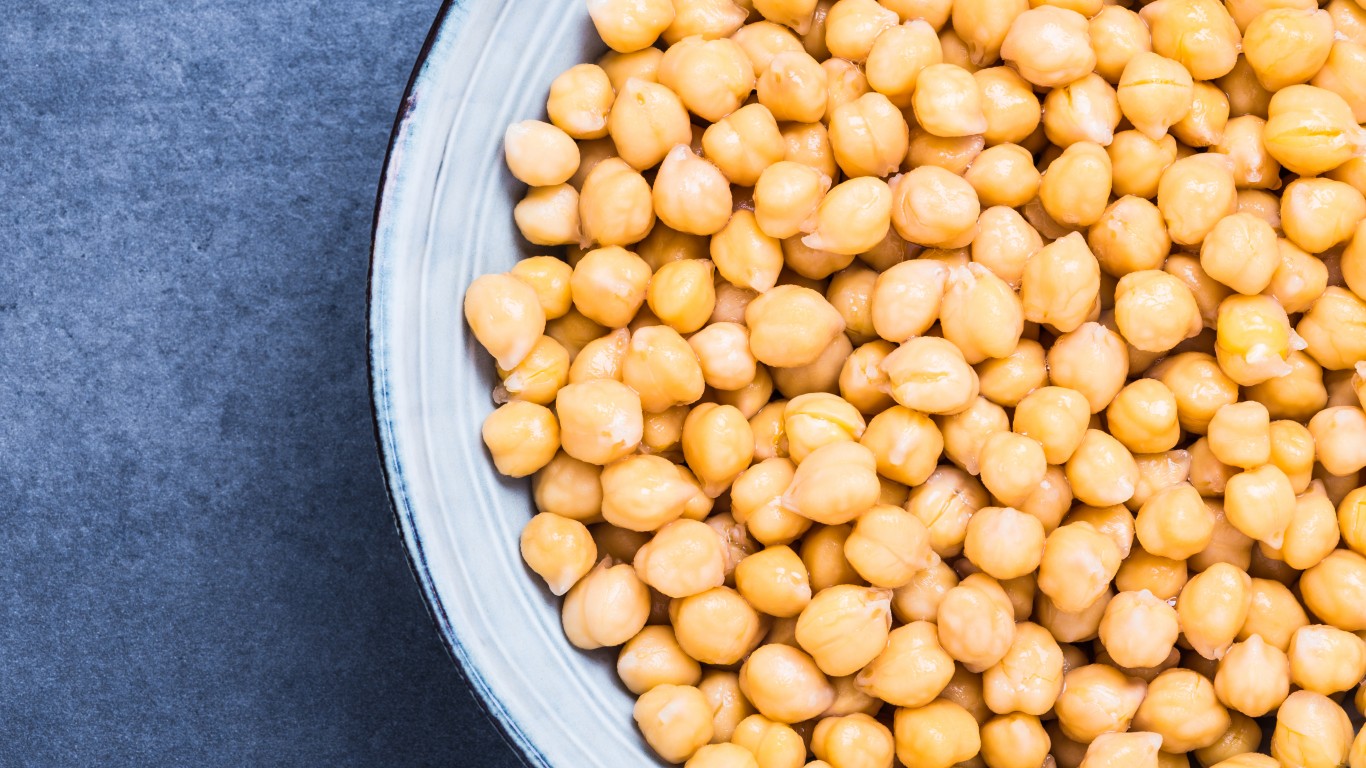
Vitamin B6
Pyridoxine, commonly known as vitamin B6, is crucial for brain development among unborn babies as well as infants and toddlers, and is important for the immune system. Some foods that are rich in this important nutrient include chicken, fish, potatoes, chickpeas, and bananas. Vitamin B6 also gets added to breakfast foods, power bars, and powders. The body does not store vitamin B6, so it’s important to eat foods that contain it every day in order to not develop a deficiency. People with kidney disease or those who have a condition that hinders food absorption by the small intestine are at risk of lacking the vitamin.
[in-text-ad]
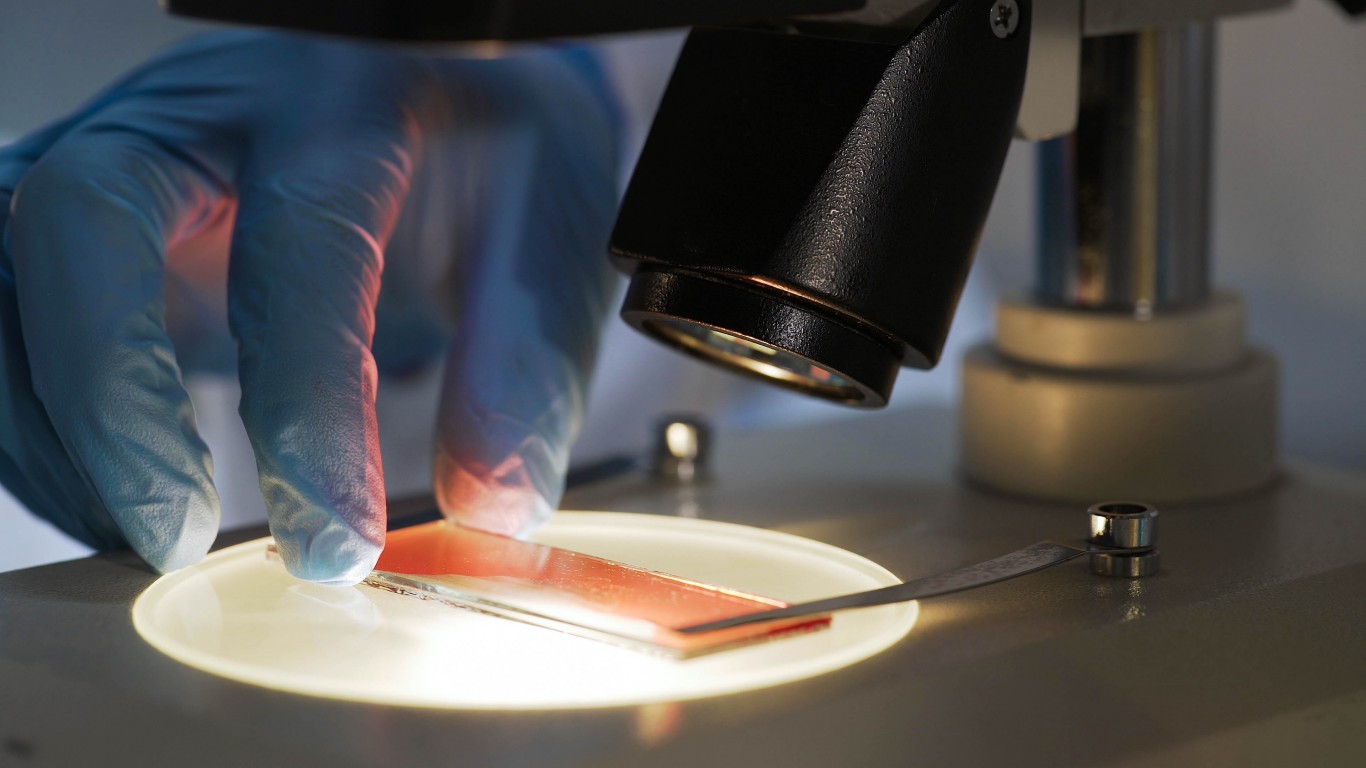
Iron
Iron is a crucial mineral that is found in every cell of the body. The body needs it to make the oxygen-carrying proteins hemoglobin, which is found in red blood cells, and myoglobin, which is found in muscles. Iron deficiency is most prevalent among young children and women of childbearing age and pregnant women, according to the CDC, and can cause developmental delays in children and preterm delivery in pregnant women. Iron deficiency results in anemia, a condition in which blood lacks adequate healthy red blood cells. Mild anemia often goes undiagnosed for a long time, but as it becomes more severe symptoms include fatigue, pale skin or brittle nails, and headaches. Treatment varies depending on the severity and often involves taking iron supplements. Some foods that are rich in iron include liver, oysters, red meat, sardines, spinach, broccoli, and some fortified foods.
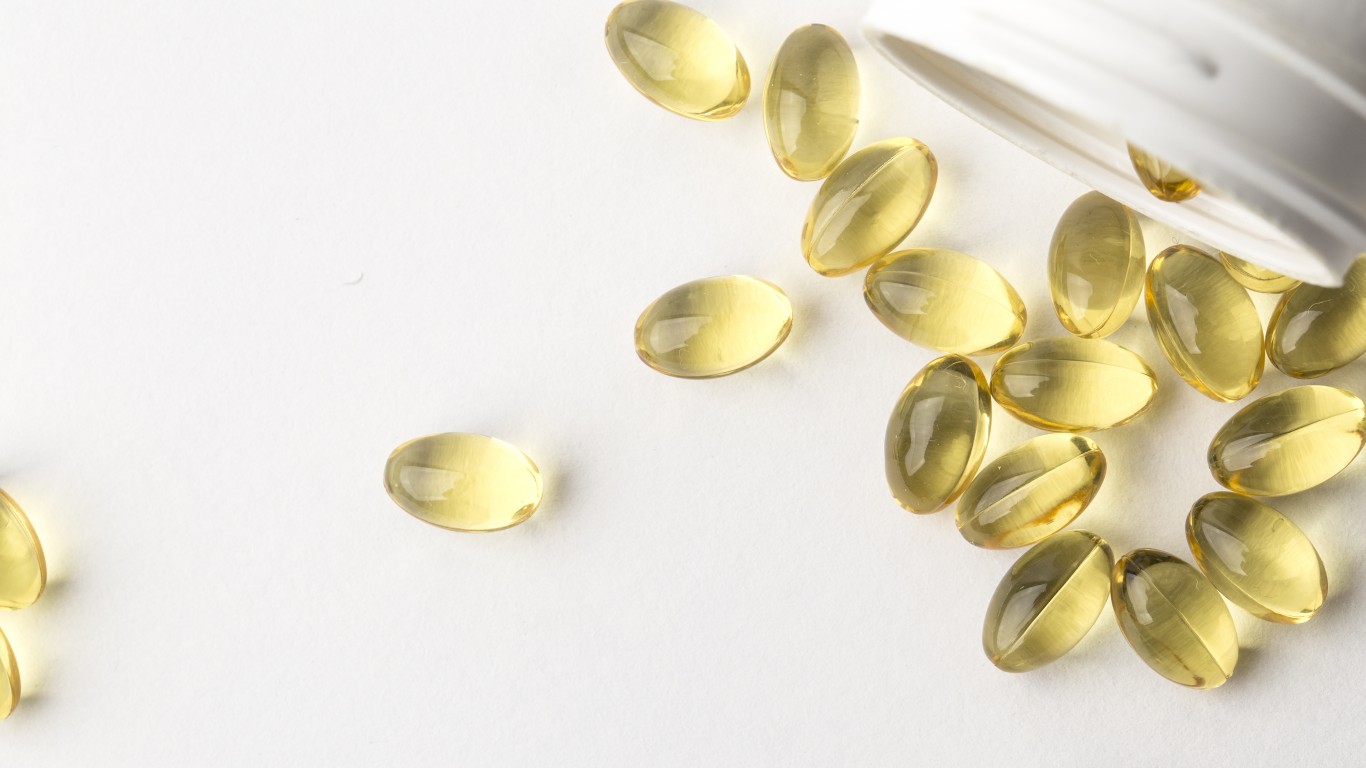
Vitamin D
Vitamin D is crucial for bone health. People who don’t have enough of it are at higher risk of bone density loss, which increases the risk of osteoporosis and bone fractures. People who are more likely to lack vitamin D are breastfed infants, older people, people with darker skin, and people with certain conditions such as kidney or liver disease. The body does not make vitamin D and can only get it from the sun, foods, or supplements. Good food sources of vitamin D include salmon, trout, swordfish, eggs, mushrooms, and some fortified foods such as milk.
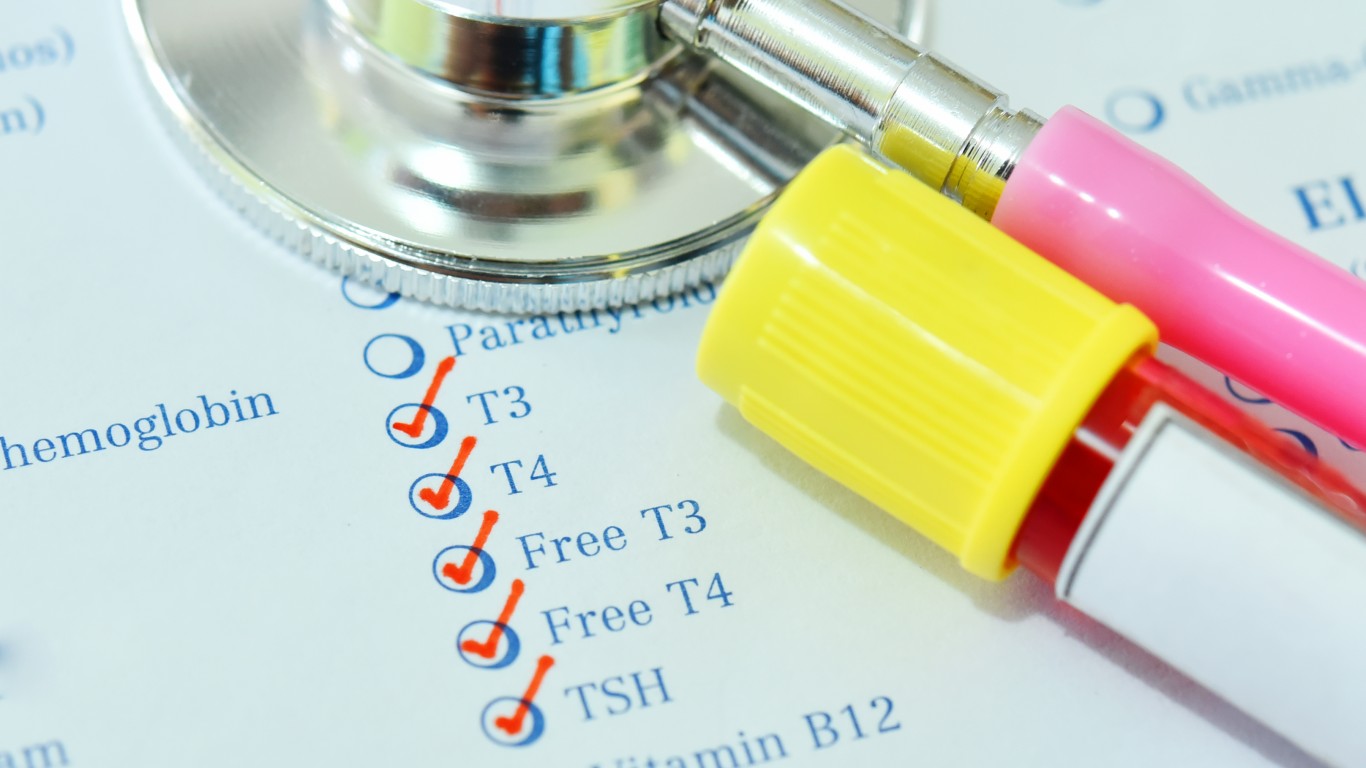
Iodine
Iodine is crucial for the production of thyroid hormone, which is essential to many body processes such as regulating calorie burn, affecting heartbeat and body temperature, controlling skin turnover and brain health. The body cannot make iodine and can only get it through food or supplements. Common food sources of iodine include cheese, cow’s milk, eggs, iodized salt, and soy milk. People with the highest risk of lacking enough iodine in their blood are those living in areas where the soil is iodine deficient because it produces crops with low iodine levels. Such places include mountainous areas and river valleys prone to flooding.
[in-text-ad-2]
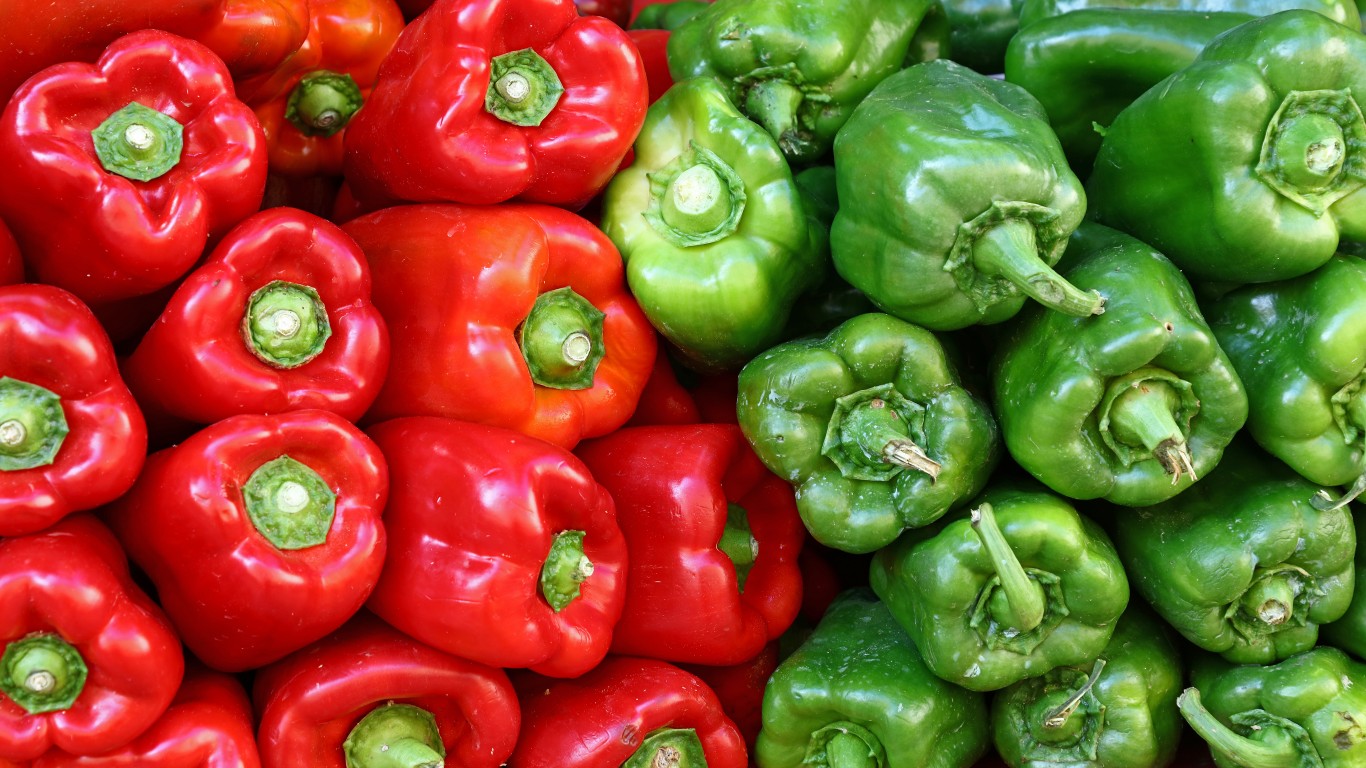
Vitamin C
Vitamin C deficiency may lead to weakness, gum disease, skin problems, and weak immune system. People at risk of not having enough vitamin C are those with poor diets, smokers, people who drink too much alcohol, and people with kidney disease on dialysis. The important nutrient is in abundance in many foods, including red and green peppers, oranges, strawberries, broccoli, kiwi, lemons, and grapefruit. Some signs of vitamin C deficiency include dry skin, slow-healing wounds, bleeding gums, and fatigue.
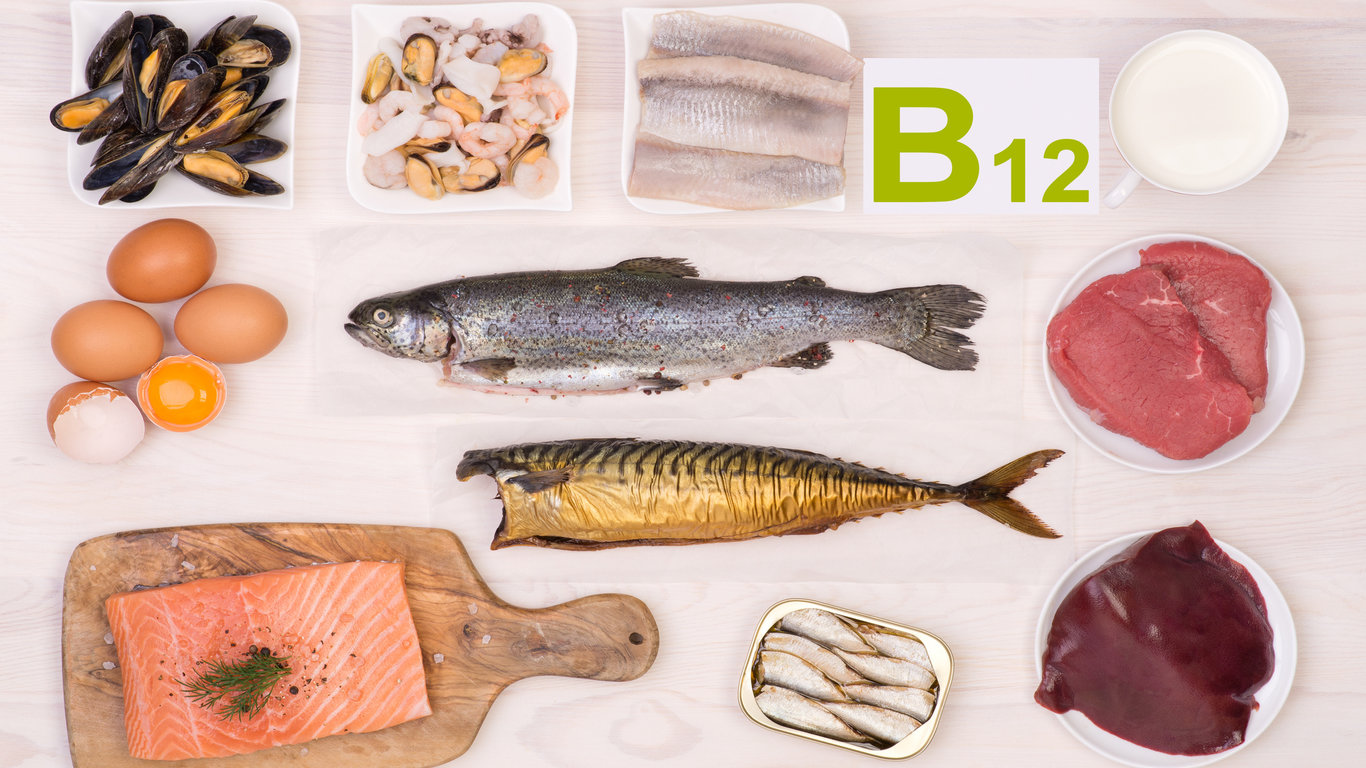
Vitamin B12
Vitamin B12 is crucial for the production of red blood cells, nerves, and DNA. The vitamin is also needed to prevent megaloblastic anemia — when red blood cells are larger than usual and there are too few of them, resulting in less oxygen being carried to body tissues. Vitamin B12 deficiency may be caused by a lack of certain protein in the stomach or if the end of the small intestine, which is where vitamin B12 is absorbed, has been removed. As is the case with most vitamins, the body does not make B12 and needs to get it from foods or supplements. Foods containing B12 include beef liver, clams, fish, eggs, dairy products, and fortified foods such as some breakfast cereals.
[in-text-ad]
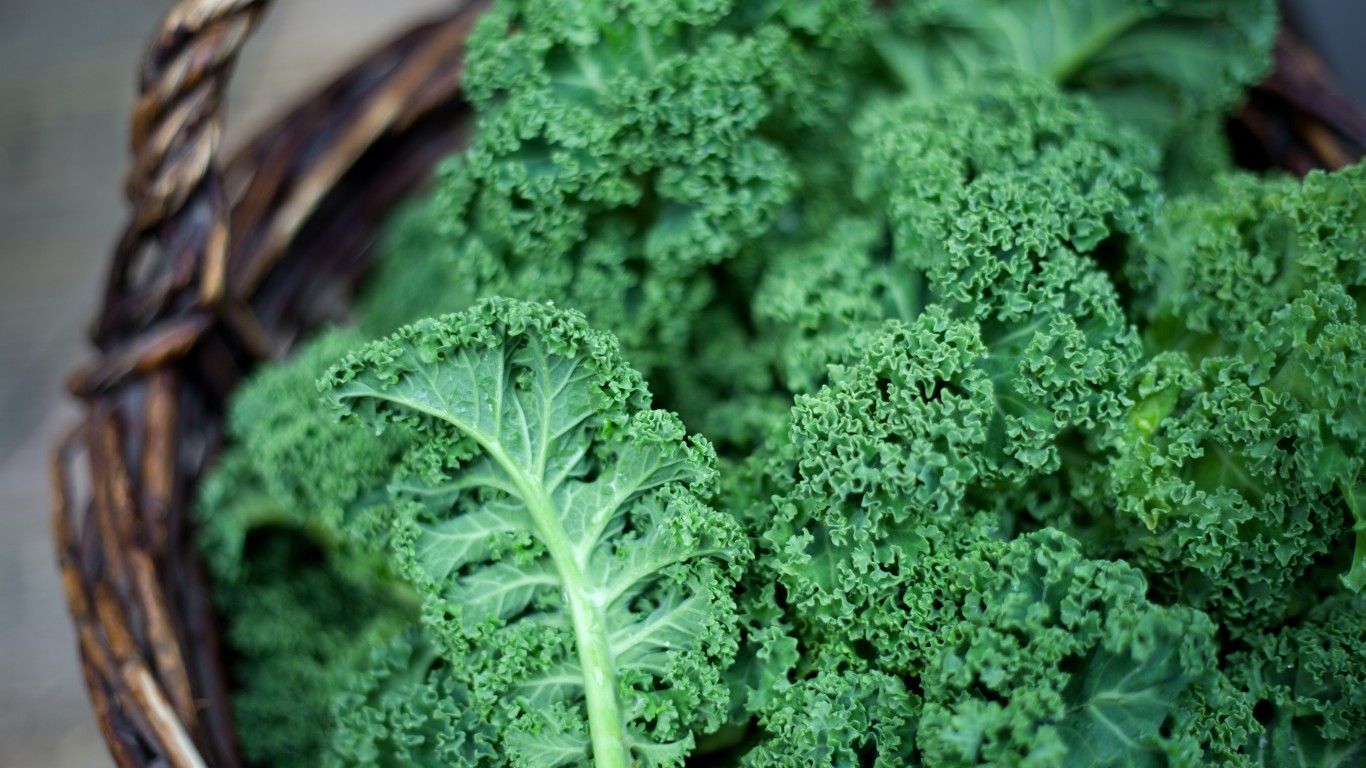
Calcium
Calcium is crucial for strong bones and for several body functions, including muscles moving and nerves carrying messages from the brain to all parts of the body. People with a higher risk of lacking this important mineral are postmenopausal women (because they lose bone mass at a faster rate and don’t absorb calcium as well as men or younger women), people with lactose intolerance, and vegans. Symptoms of serious calcium deficiency include numbness, tingling, convulsions, and abnormal heartbeat. Good sources of calcium are milk, cheese, kale, broccoli, tofu, and some fortified foods and juices.
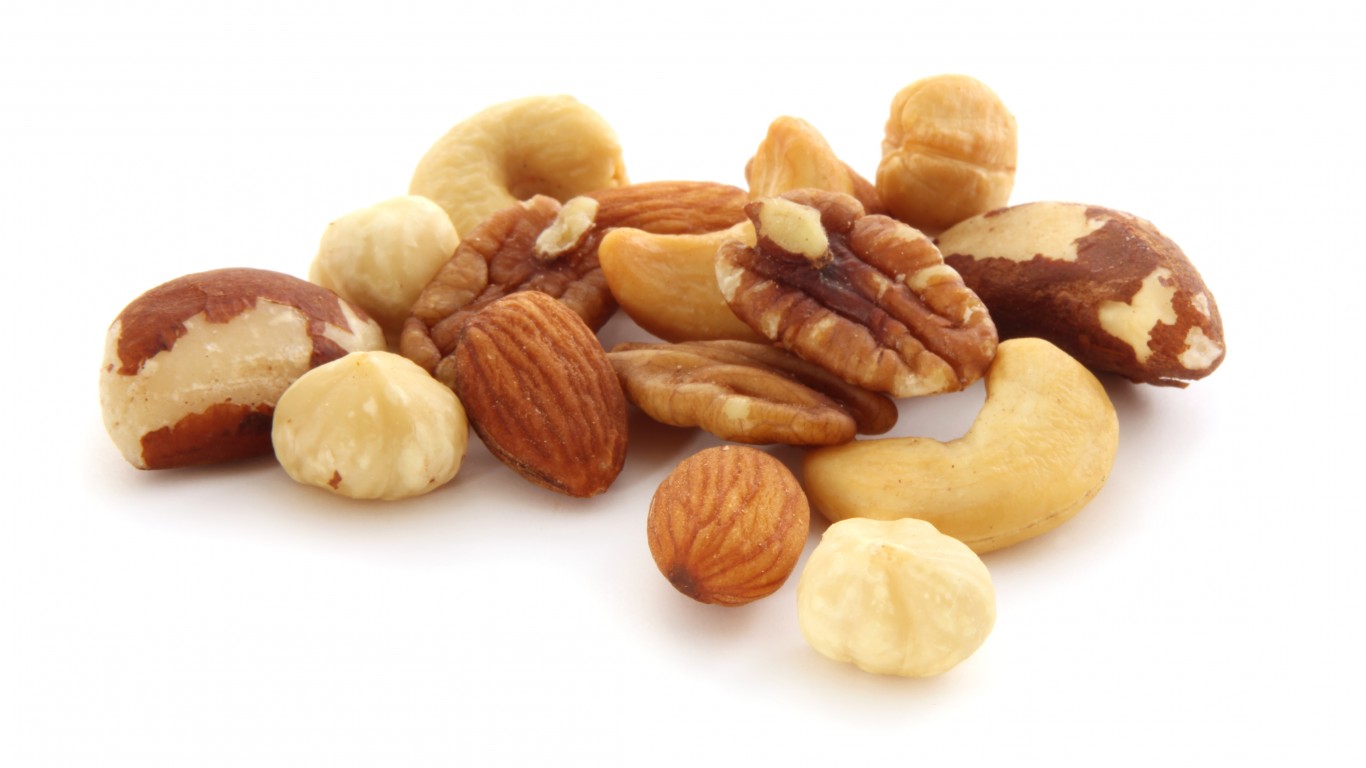
Magnesium
Magnesium is needed by every cell in the body. The mineral helps convert food into energy, regulate the nervous system, and create new proteins. Magnesium acts like an enzyme that keeps blood pressure normal, bones strong, and the heart rate stable. It can be found in bigger amounts in spinach and other greens, nuts, avocados, and black beans. Risk factors for magnesium deficiency include excessive alcohol consumption, old age, certain medications, diabetes, breastfeeding, and pregnancy.
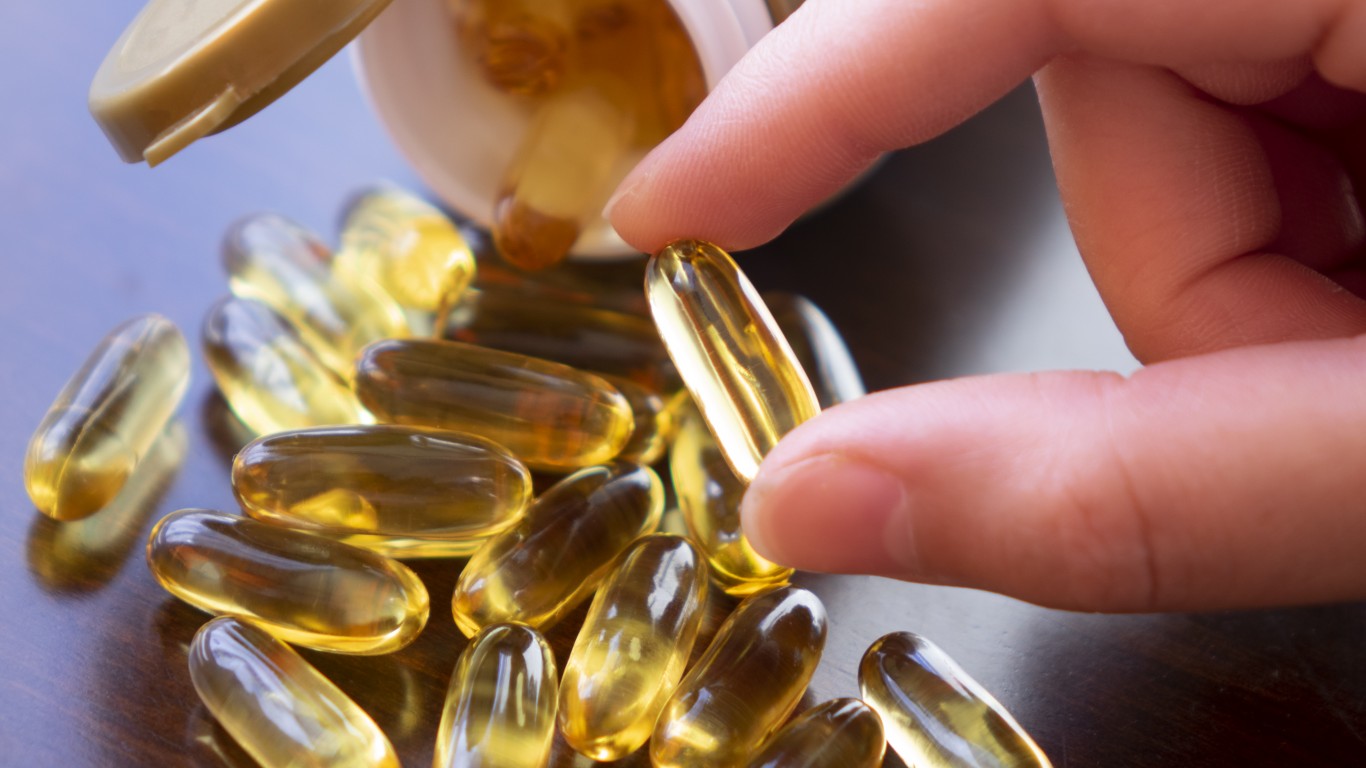
Omega-3 fatty acid
Omega-3 fatty acids are known as healthy or “the good” fat you actually want to eat. These fatty acids are crucial for brain and heart health, as well as baby development and lower risk of depression. Animal studies have suggested that these healthy fats might be important for the eyes by preventing degradation of the retina. Two possible signs of omega-3 deficiency are rough and scaly skin and dermatitis. The body can’t make omega-3 on its own and it needs to get it from food or supplements. Foods that are rich in these fatty acids are many types of fish, walnuts, and flax seeds, as well as canola and soybean oil.
[in-text-ad-2]
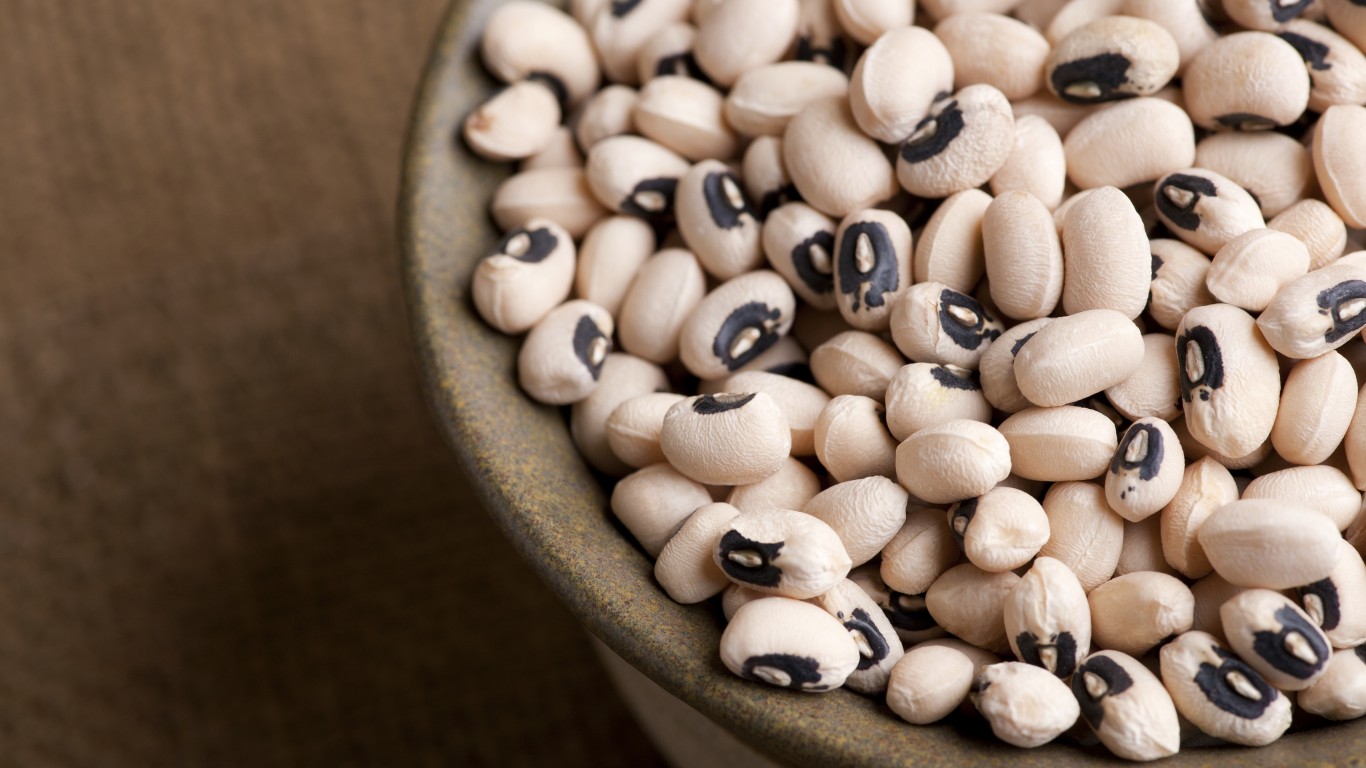
Folate
Folate, helps the body make red blood cells, which carry oxygen throughout the body. If you don’t have enough red blood cells, the body can’t function at its best because its organs and tissues lack oxygen. People who have poor diets, drink alcohol excessively, and take certain medications are at higher risk of developing a folate deficiency. Pregnant women also are at higher risk, and lack of folate during pregnancy is linked to major birth defects. Signs of the condition include pale skin, tender tongue, lack of appetite, and fatigue. Foods that are rich in folate include green leafy vegetables, fresh fruits, fortified cereals, yeast, and liver.
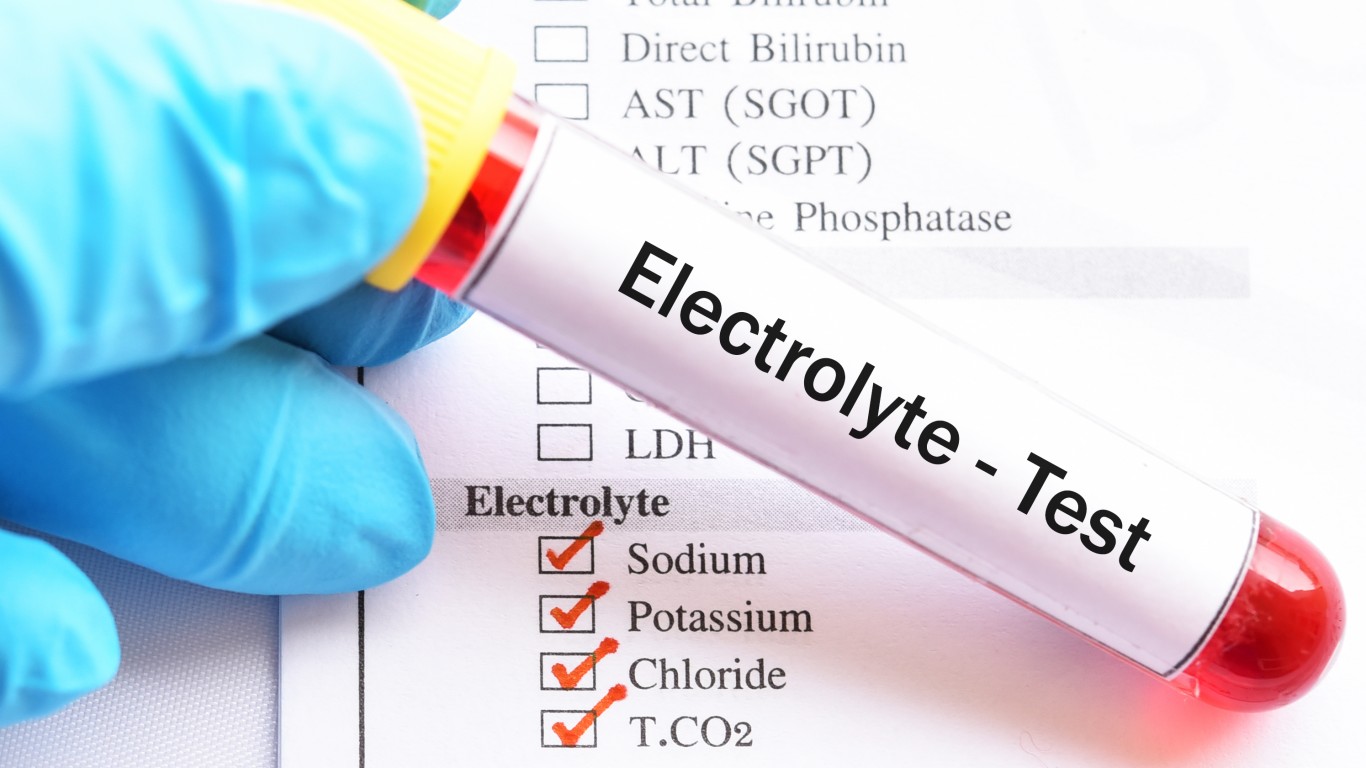
Potassium
Having normal potassium levels in the body is important because potassium is necessary for proper functioning of muscle cells and maintaining fluid balance and healthy blood pressure, and it helps regulate heartbeats. A mineral and electrolyte, it may decrease the risk of kidney stones and in older people also reduce the risk of bone loss. The most common reason for low potassium, or hypokalemia, is taking certain medications. Other causes include excessive alcohol drinking, kidney disease, and folate deficiency. Potassium-rich foods include bananas, mushrooms, potatoes, peas, cooked broccoli and spinach, and pumpkin.
[in-text-ad]

Vitamin A
Vitamin A is crucial for eye health. In fact, vitamin A deficiency (VAD) is the leading cause of preventable blindness among children, according to the World Health Organization. The main cause for VAD is prolonged inadequate intake of the vitamin. Foods that are rich in vitamin A include green and orange vegetables such as leafy greens and carrots, as well as eggs and cantaloupe.

Vitamin E
Vitamin E acts as an antioxidant in the body, protecting cells from damage caused by free radicals, which are compounds formed when we digest food as well as by cigarette smoke, air pollution, and UV rays. The vitamin also strengthens the immune system and keeps blood from clotting. Vitamin E is naturally found in sunflower, almonds, and green vegetables such as spinach and broccoli. Some foods, including fruit juices and breakfast cereals, are fortified with vitamin E.
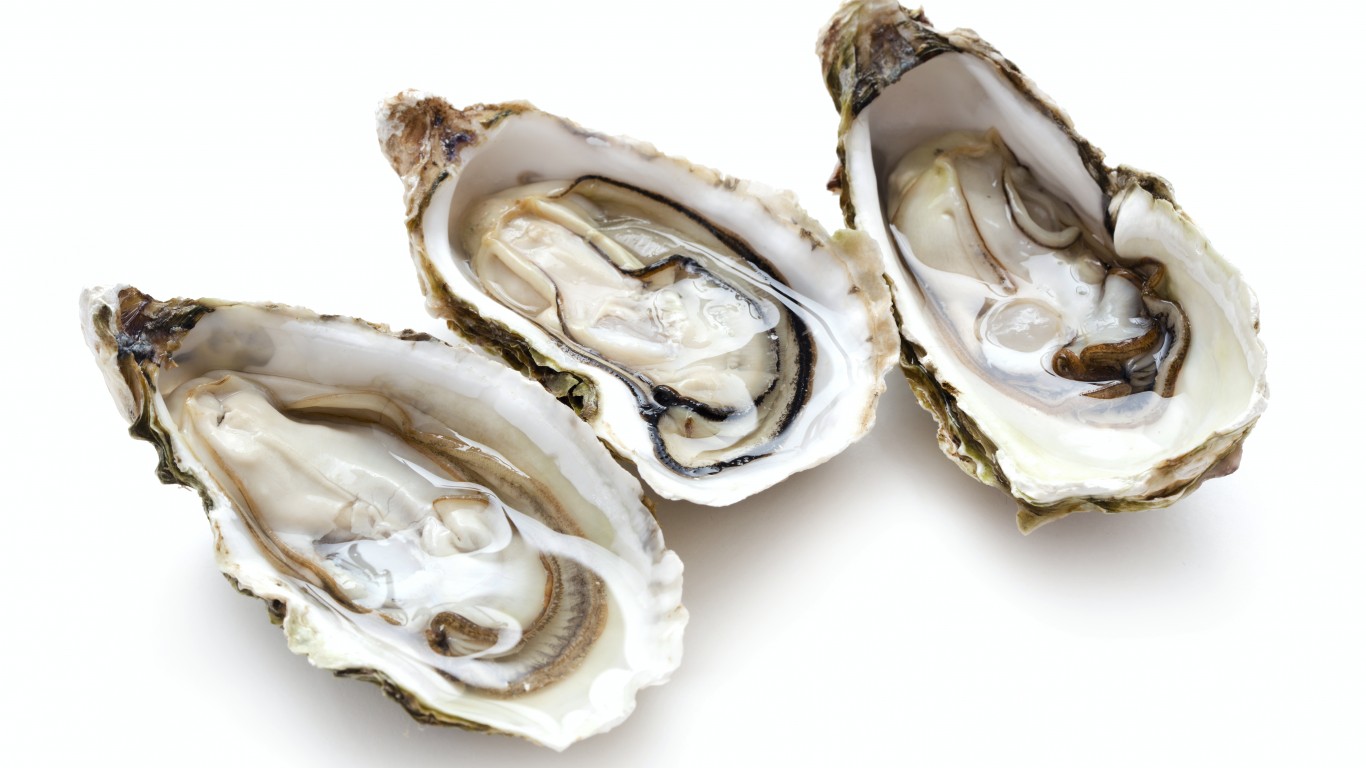
Copper
Copper deficiency is more common among people with untreated celiac disease than the general population. It is sometimes confused with anemia but is now more frequently recognized as its condition. Good food sources of copper, which is important for heart and bone health as well as a strong immune system, include shellfish, whole grains, beans, nuts, potatoes, organ meats, dark leafy greens, dried fruits, cocoa, black pepper, and yeast.
Travel Cards Are Getting Too Good To Ignore
Credit card companies are pulling out all the stops, with the issuers are offering insane travel rewards and perks.
We’re talking huge sign-up bonuses, points on every purchase, and benefits like lounge access, travel credits, and free hotel nights. For travelers, these rewards can add up to thousands of dollars in flights, upgrades, and luxury experiences every year.
It’s like getting paid to travel — and it’s available to qualified borrowers who know where to look.
We’ve rounded up some of the best travel credit cards on the market. Click here to see the list. Don’t miss these offers — they won’t be this good forever.
Thank you for reading! Have some feedback for us?
Contact the 24/7 Wall St. editorial team.
 24/7 Wall St.
24/7 Wall St. 24/7 Wall St.
24/7 Wall St.


